You hear time and again about the characteristics of a class: aggressive, defensive, controlling. In contrast, classes typically have areas they're lacking. This is a staple design of game balance, and helps give personality to our favorite heroes.
Many point to the Ranger class as one that does not excel at blocking. The standard attack pattern of a Ranger require an arrow and a resource to spend loading it into arsenal with our bow. That means we need a 2-card hand to attack at all - and then we're only pushing 2-5 damage. If you're an Elemental Ranger looking to fuse, or you plan to buff your attack in any way, you'll need more cards in hand. None of this is helped by the fact that, at the moment, Ranger's blocking equipment is lackluster.
At face value, this doesn't seem to provide a lot of options for defenses. But I'm going to challenge that perception. Rangers may not be the best at stopping a dominated Crippling Crush, but when you look at mitigation, they're actually quite good at it.
Seeing Mitigation for What It Is
Mitigation
The process or result of making something less severe, dangerous, painful, harsh, or damaging.
If your career gets entangled at all with risk management, you are likely aware that most businesses have multiple types of mitigation they need to practice to ensure they are not liable for incidents that occur within their sphere.
- Avoidance. Some restaurants may choose not to serve nuts, in order to avoid the risk of inducing a peanut allergy. It's easy to avoid peanuts altogether and still provide the intended dining experience.
- Reduction. We accept that there's risk involved, and try to reduce it. If you've ever taken a whitewater rafting trip, the guides will typically show you how to properly hold and use your paddle (reduces chance of a shoulder injury), how to go downstream when you fall out of the boat (decreases the risk that you'll float into something dangerous), and other techniques for avoiding serious injury. We use strategies like education or PFDs to reduce the chance of injury.
- Transference. Many businesses have insurance that will take on issues that arise, leaving the business free to continue doing what it does best. Simply, when something is someone else's problem, it's not yours.
- Acceptance. At a certain point, risk is just inherent. We can't take the water out of our rafting trip. Then again, there are times to take that risk for the potential payoff.
Mitigation Strategies in Ranger
The Ranger class isn't able to go toe-to-toe blocking and attacking with most classes, but they are able to “block on the back end”. This is essentially the definition of mitigation. As a Ranger, you'll be using a little bit of every mitigation strategy to keep to your 'business as usual'.
Acceptance is the most straight forward of these. Most of us understand that, at some point, we are going to take damage. The goal is to set up an exchange that ends with the opponent losing their remaining stamina first. To manage this, we need to keep some offensive options in hand while facing down damage-dealing attacks. We need to accept that some damage is going to come through.
You may decide to accept your opponent's attacks as a cost for an explosive counter-attack of our own. The Rain Razors / Three of a Kind combo is a prime example. If you're playing a wide, aggressive Lexi, you're likely to often choose to simply accept the risks presented by opposing attacks, because your strategy is driven by large hands and gains value only through quantity.
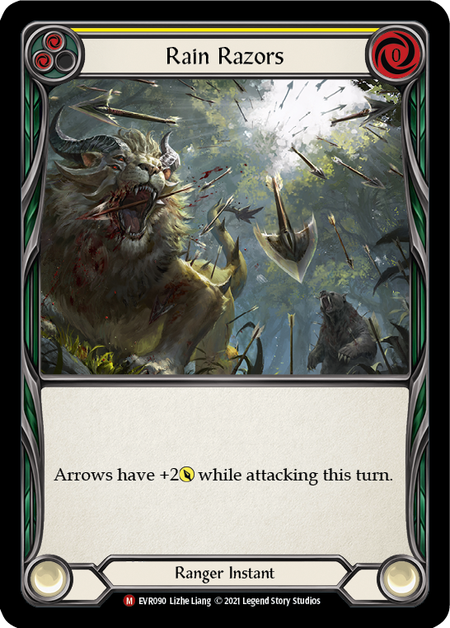

Transference is well illustrated by equipment, which redirects pressure from our hand to our board; but we've already noted that Rangers are rather poor at this. There is, however, one insurance card in the Ranger pool worth noting: Feign Death. If you are facing down a Fai who has a substantial Salt the Wound turn coming together, Feign Death transfers all of that damage to it.
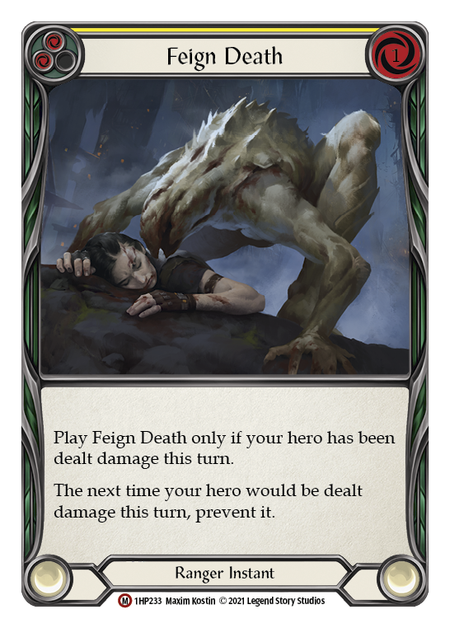

Fatigue Shot is an excellent example of proactive reduction at play. At face value, we are reducing the damage that could possibly be coming in the following turn. While it's not a fit for every threat, it greatly impacts heroes like Bravo. That dominated Crippling Crush from our opening now comes in for 6 instead of 11, and its crush effect is now easily stopped with a 3-block card.
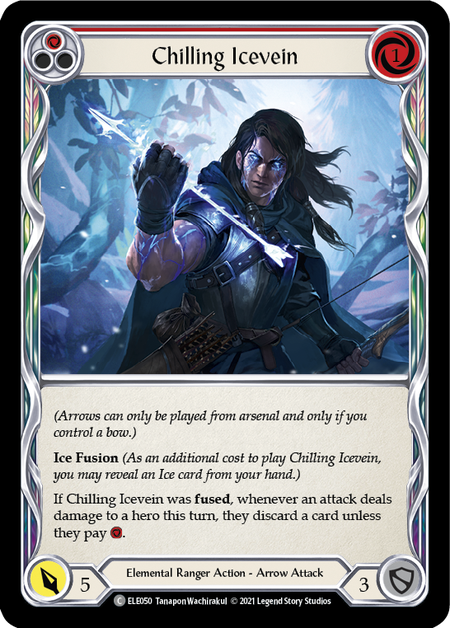
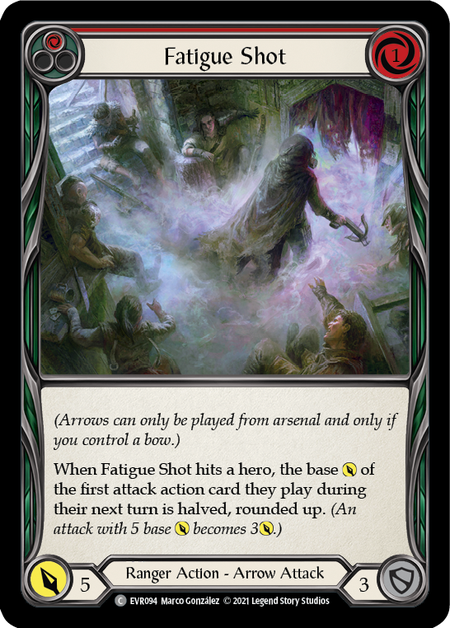
We can affect reduction mitigation by reducing the effectiveness of the opponent's hand. Poison the Tips and Chilling Icevein limit the tools your opponent has on their turn. So do frostbites. Azalea can use Red In The Ledger to limit the actions available to their opponent. All of these are proactive methods of defending ourselves.
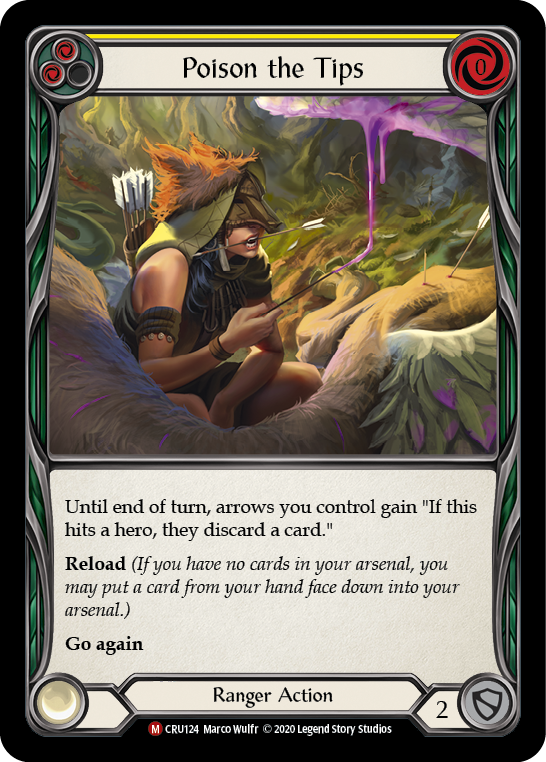
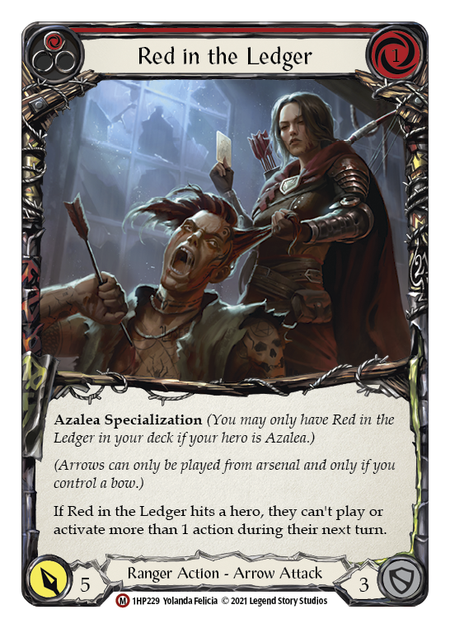
Avoidance is not always available to us, but when a matchup allows for it, we want to take full advantage. Sleep Dart can shut off Levia's ability to turn off blood debt, which drastically shifts her priorities. Similarly, we can cut off Iyslander's instant-speed arsenal. These options go beyond simply reducing threat, instead altogether eliminating it; and with a hero like Lexi, securing a Sleep Dart frees our next turn up to play as aggressively as we want to.
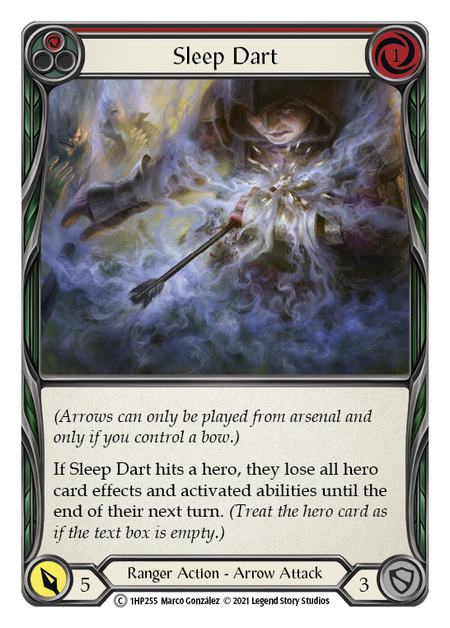
Mitigation Facilitates Aggression
If the differentiation above felt a little arbitrary at times, that's understandable. These mitigation strategies bleed into each other along a continuum, rather than occupying separate silos.
Let's focus on a Dorinthea situation to create a more full picture of our mitigation strategy into her. If we hit with Sleep Dart, we shut off her ability to swing Dawnblade again (avoidance, or maybe reduction). Dorinthea is also susceptible to Battering Bolt. Hand disruption generally fits a reduction label well, but if you manage to pry all their cards away you might call that avoidance; and if the threat of that on-hit causes them to block it out, that might be preemptive transference.
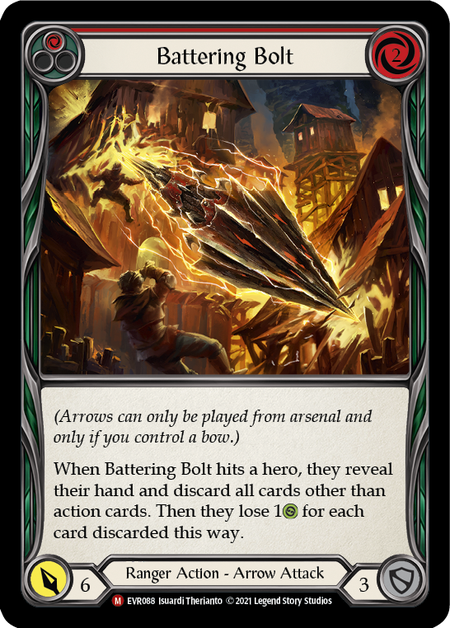
All of these mitigation tasks make Lexi the perfect example of a zoner. In fighting games, a zoner is someone who uses projectiles (hadoken, fireball) or other tools to keep their opponent at bay. They typically do not have a good defense and are unable to go head-to-head if the opponent gets in. Lexi has tools to 'keep her opponent at bay' with the aid of Ice and other tools - but this is predicated on her posing a threat through her aggression.
Watching a zoner match in fighting games often looks like two players standing at a distance and throwing projectiles at each other; but there's actually a delicate interaction between zoning and footsies that's occurring. To someone unfamiliar with the process of approach, it may seem like brain dead button mashing or attack spam. In e-sports, zoning as a style is used to catch your opponent making mistakes. This constant barrage of irritant attacks is a waiting game. Zoners often manage to bait an impatient opponent - jumping in too early/late, failing to block, trying to muscle through the barrage are all moments for the zoner to capitalize on. It takes a cool head to catch on to the rhythm of attacks, make adjustments, and approach through the windows of vulnerability.
Lexi sends projectiles (arrows) at her opponents, who can choose to take the hits (and suffer the consequences) or divert from their preferred game plan. Arrows, by themselves, deal lackluster damage. If we equate it to a projectile in an e-sport, we see the same thing. A punch thrown will typically do more damage to the opponent than a random projectile attack. Over time, projectiles can do damage, but more than likely they will create openings for the opponent to be punished or create frustration as the clock winds down. In FAB, the primary clock is our deck - and completely blocking out an arrow will typically cost 2 cards. When up against a Lexi that can sling at least 3 arrows a turn, it can become frustrating to consistently be on the defense as you see your deck whittle away into nothing.
In short, Lexi (the zoner) is keeping their opponent in a desired position for the most of the match. The way to approach a zoner is through patience. The presence of a clock - the opponent's deck - create a sense of urgency. That urgency causes players to make hasty decisions that Lexi can capitalize on. Lexi is also on a clock, however, and must outlast the opponent's patience; then, she can punish an eager player with a barrage of damage.
Mitigation by Matchup
Unfortunately, it's not usually so simple as applying rote mitigation strategies in every game. Whenever you match up with an opponent, it's important to make a plan. Note which cards are important late game, and which cards are important at the start. To determine which cards to prioritize, we can use risk assessment.
First we identify the risk. From the hero reveal, we can make educated guesses on what they're playing based on past interactions. Sitting across from a Dorinthea, for example, we can identify that a second weapon swing is our risk, accompanied by reprise and the possibility for a growing Dawnblade. If we see a Fai, it's expected that we'll face three to six 0-cost red attacks each turn, enhanced by the threat of a Mask trigger. If we spy Iyslander, we can expect cost disruption and damage on our turn, in addition to any attacks they have on their own turns.
The next step is to assess the risk. This should be done continuously throughout the match. At all points, take note of what weapons, equipment, and items are available to the player. You should be constantly taking (mental) notes of cards they pitched, blocked with, or discarded. Does it seem this player is going for a combo strategy? Have they put out consistent damage? Have you seen a Lumina Ascension anywhere? How long has that card been in their arsenal?
These are all questions you should be asking yourself while in-game. If you fail to assess what could be coming, you will likely be caught off guard by something important. We may see Dorinthea with 3 counters on Dawnblade, and understand with a 4 card hand she could be pushing 12-15 damage that turn easily. Fai with an arsenal and full hand will likely be setting up for a large turn. If you notice him keeping his entire hand, it might be cause for worry.
The final stage of our risk management plan is to treat the risk with the information we have. This is the step where we can apply the 4 strategies we have seen in mitigating risk. Any Ranger player, but in this case specifically Lexi, has access to an abundance of mitigation tools to place the match into a feasible state for her to deal with. Dorinthea has 3 counters on Dawnblade and 4 cards in hand; this turn we fire a Sleep Dart, and if it's blocked, we can safely block out her next turn and reset that growing threat. When we give Fai a frostbite or attack with Chilling Icevein, it will disrupt his hand and drastically impede his damage output. A Bravo is consistently hitting large swings on their turn. You see them play showtime and search for Crippling Crush - safe to assume they will likely have a dominated Crippling Crush on their turn. But if you were able to land a Fatigue Shot through clever play, his dominated Crippling is now only coming in for six damage.
Conclusion
All in all, Lexi is currently not able to go into a damage race against the heavy hitters. Bravo can overpower her, Fai and Dash can race her - but if she keeps in mind how to consistently mitigate what her opponents can do, through patience and sustained pressure, she can outplay them.




